Mechanical Engineer
You will be responsible for the design and production of the joints in the exoskeleton, like the hip, knee and ankle, and you will design the frame that connects all the parts in the exoskeleton. You will also make sure that the pilot is safely connected to the exoskeleton.
As a Mechanical Engineer you will design the parts that set the exoskeleton in motion. As a team, you make the designs and decisions for the motors, precision parts and transmissions that are used. You will furthermore design the structure of the exoskeleton, which fulfills three important functions: carrying all the forces, connecting all the components and safely securing the pilot to the exoskeleton.
What you will do as Mechanical Engineer
As a Mechanical Engineer you will design the joints, the frame parts and the fixtures that safely connect the pilot to the exoskeleton. You will come up with many concepts, carry out force analyses or explore different materials to create an integrated design that is as strong, light and reliable as possible. In the digital world you use CAD software to create 3D models and you carry out FEM analyses to optimize your parts. You also investigate the requirements and wishes from other departments and try to translate those into technical designs. Calculations, tolerances and prototyping are important aspects of this function. Do you recognize yourself? Then this is the perfect position for you!
You recognize yourself in
You have experience and enjoy working in CAD programs (e.g. SolidWorks or CATIA).
You are flexible and can work problem-oriented.
You are enthusiastic about statics, dynamics, mechatronics and/or mechanics of materials.
You are interested in the human movement.
You have a creative mindset.
You are handy and enthusiastic to work practically to make physical prototypes and to produce parts.
You are a teamplayer and can communicate clearly.
You want to become (even) better at
Working together in a large multidisciplinary team.
Modelling in CAD software.
Working out detailed part specifications for production and assembly.
Choosing the right motors and transmissions for your application.
Performing FEM analyses (in e.g. Simcenter).
Drafting up working drawings as clearly as possible.
Working with milling/turning/CNC machines.
Designing and testing using prototypes.
Analyzing problems and setting priorities.
Working independently within a team, setting your own deadlines while taking into account many others.
You get in return
Technical and personal skills.
Experience in working together in a large multi-disciplinary team.
You get to see a full design cycle coming to life.
Meetings with various companies for both consulting and production.
The space to make mistakes and learn from them.
A year full of unforgettable memories and new friends.

